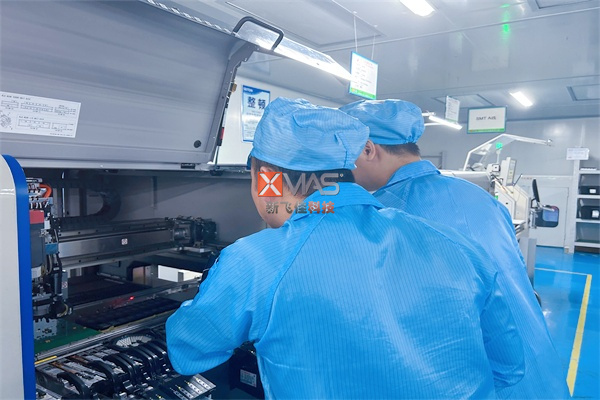The manufacturability of component packaging plays an important role in the process design of SMT chip factories. Packaging is not only the basis for design, but also the starting point for all aspects such as process path, component layout, solder pads, component spacing, and steel mesh window opening.
In SMT chip factories, each welding method has unique requirements for the layout of components.
For example, when performing peak soldering, the length direction of the chip component needs to be perpendicular to the transmission direction during PCB peak soldering, and the spacing needs to be greater than the height of the higher component in the adjacent components.
This requirement stems from the characteristics of packaging, as the process characteristics of packaging determine the required amount and distribution of solder paste.
There is a mutual correlation and influence between packaging, solder pads, and steel mesh. The structure of solder pads and pins determines the morphology of solder joints and also determines the ability to adsorb molten solder.
The steel mesh window opening and thickness design determine the printing amount of solder paste. When designing solder pads, it is necessary to consider the requirements for window opening and packaging of the steel mesh.
For example, in the matching design of different pads and steel mesh of 0.4mm QFP, different solder paste melting results can be seen. The design of Figure (a) is better than Figure (b) because the amount of solder paste matches the size of the solder pad, and the solder paste can be evenly spread onto the solder pad after melting.
However, Figure (b) shows that there is too much solder paste, which can easily cause bridging during welding.
Therefore, in the process design of SMT chip factories, the manufacturability of component packaging must be fully considered. This is not only related to the quality of welding, but also to the efficiency and cost of the entire production process.
For a successful SMT SMT factory, it is crucial to have a deep understanding and application of the manufacturability principles of component packaging.


